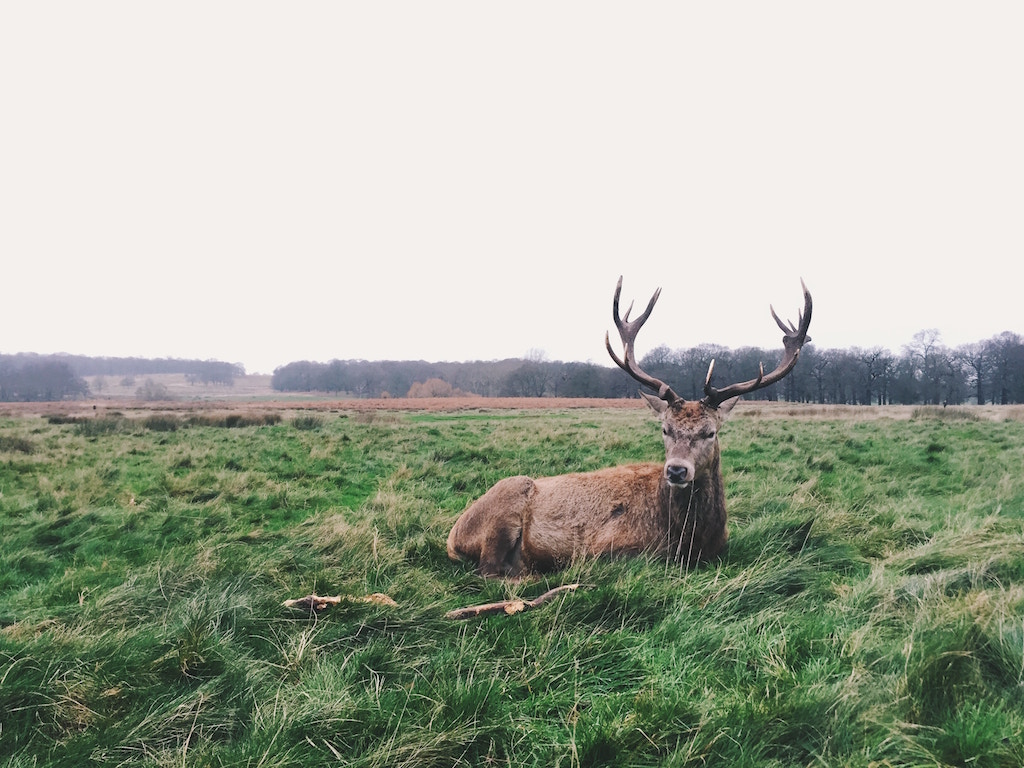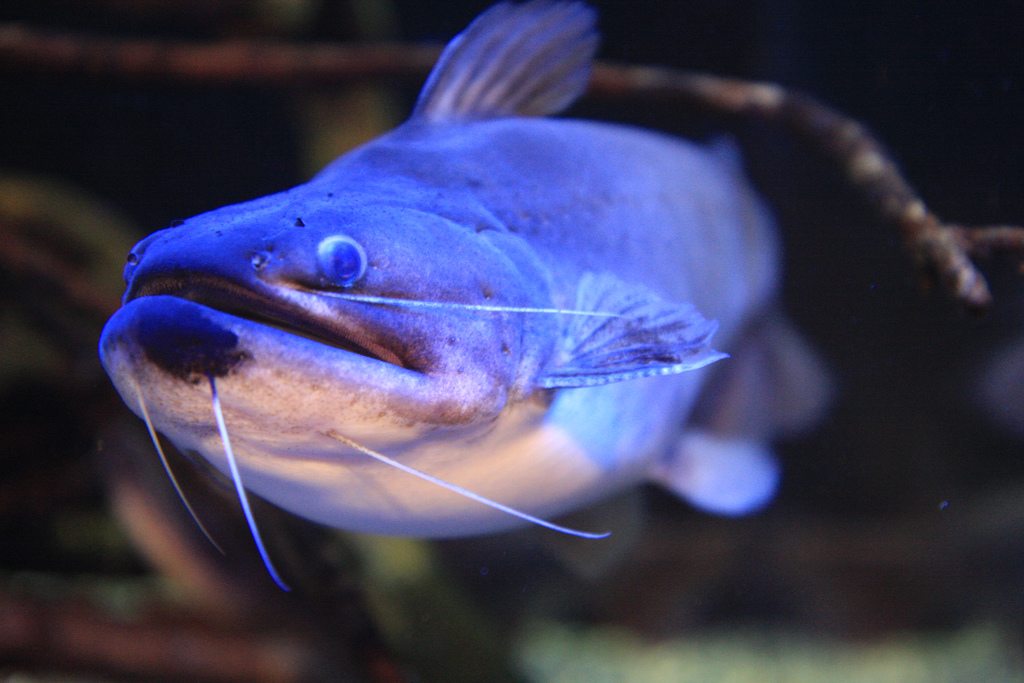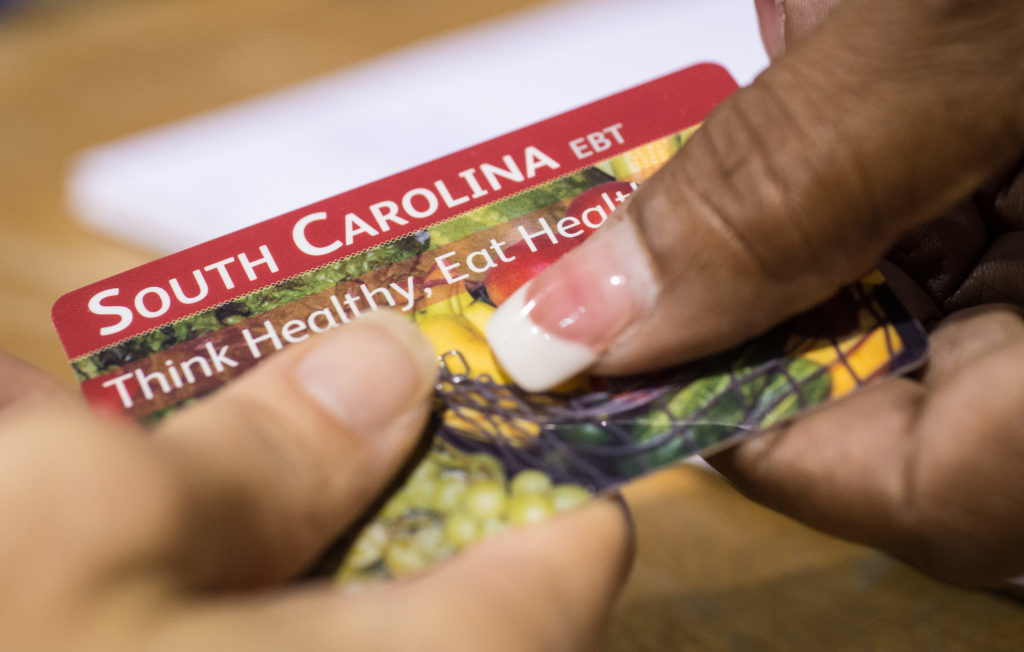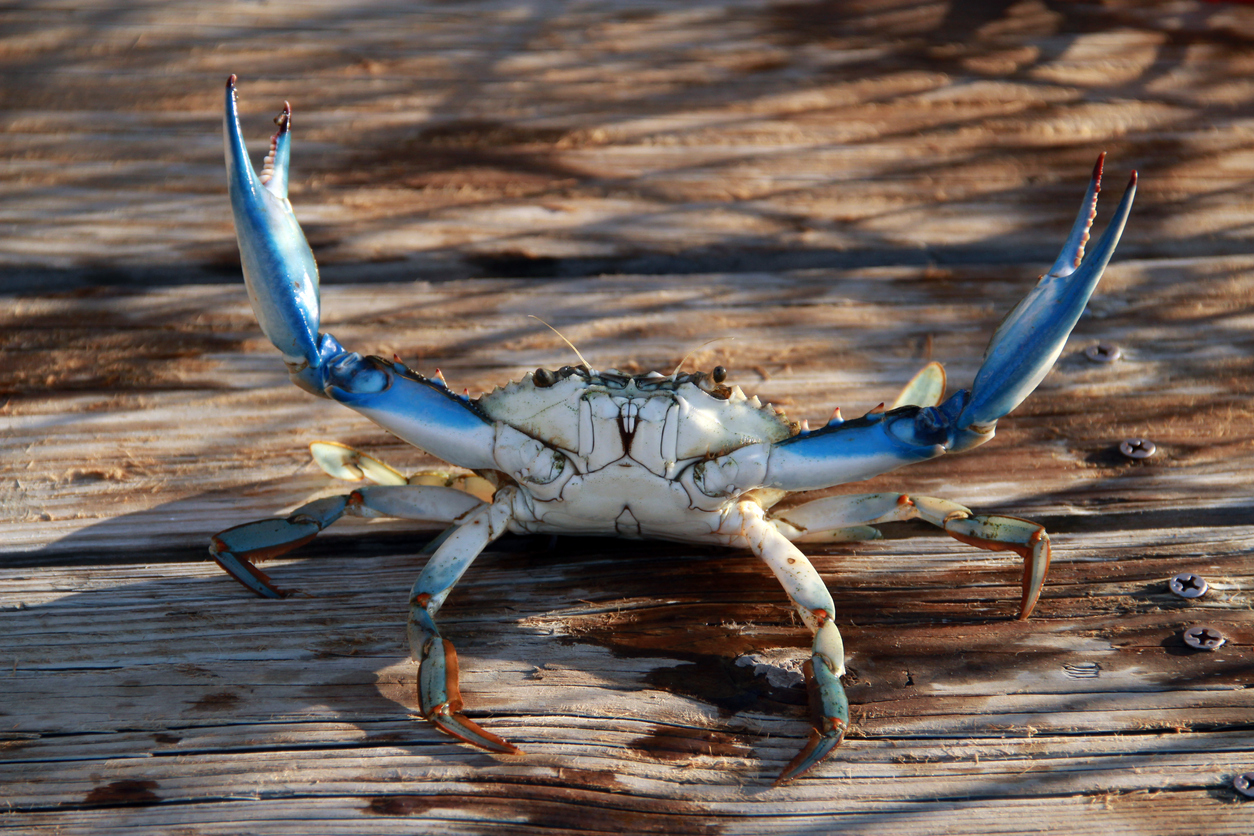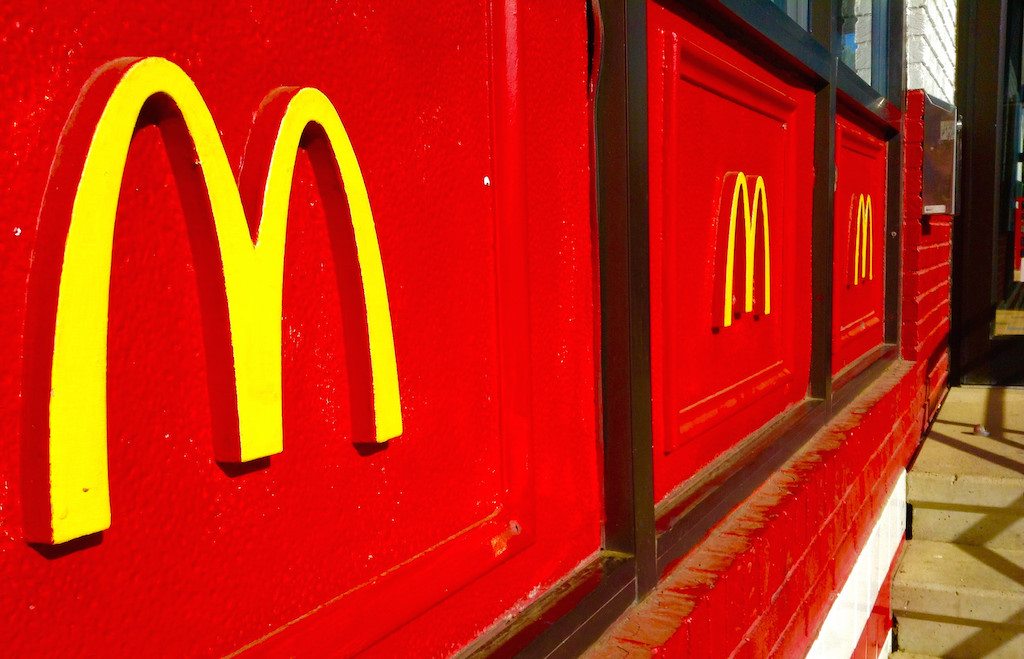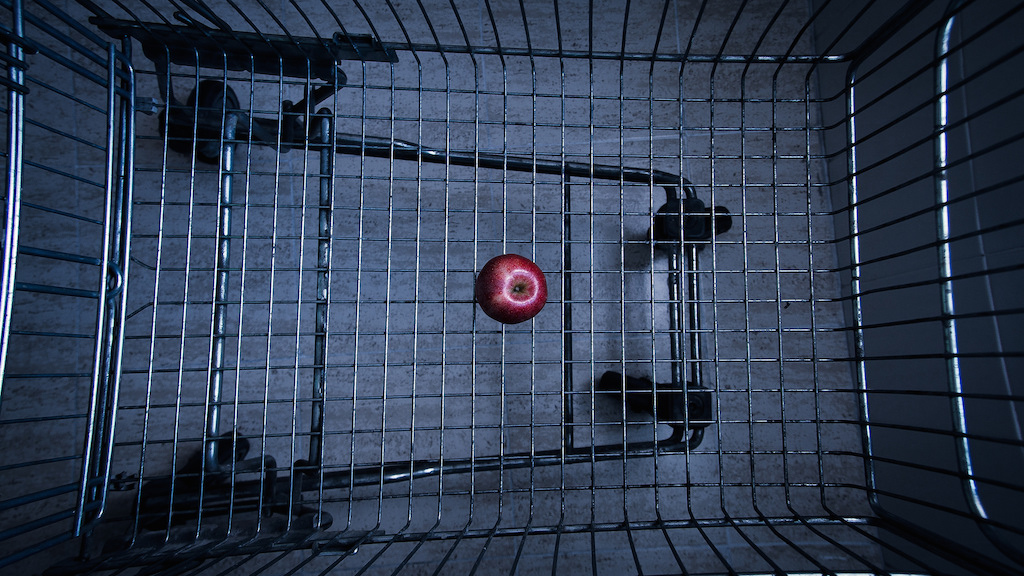“Very rich in flavor, tender with a nice texture, yet still juicy.”
If you didn’t manage to snag one of Arby’s storied one-day-only venison sandwiches this week, let the above descriptor serve as a phantom experience. At least, that’s how Shawn Schafer, executive director of Ohio-based North American Deer Farmers Association (NADeFA), describes the game meat. Schafer, like many, failed to get his hands the actual Arby’s product, which sold out in a matter of hours in many of the chain’s 3,300 locations. (Reviews of the sandwich itself haven’t been so generous.)
This isn’t the first time Arby’s has sold the sandwiches. A year ago, the fast-food chain rolled them out to select stores in 17 deer hunting-happy states for a limited time. It took the chain the better part of a year to source enough for its 2017 promotion.
“We started working on the national supply as soon as our 2016 program ended,” Luke Derouen, senior director of brand partnerships and PR at Arby’s wrote in an e-mail.
This year, the sandwich was made available nationwide.
Venison demand has been on the rise in America. Sales of “other” meats—which include venison, bison, and boar—grew more than 37 percent in 2015 alone, according to a Nielsen consumer report.
However, domestic supply remains a minor portion of what’s actually available in stores.
Three-quarters of the venison consumed in this country comes from New Zealand, Schafer says. This includes the slabs found in Arby’s Bambi sammies, which are the meat of New Zealand red deer, the country’s most populous species.
According to its Department of Conservation, “In New Zealand, deer have no natural predators (apart from hunters) and apart from occasional instances of bovine Tb, are relatively healthy.” The bad news about such proliferating deer, is that their numbers have made them a pest. As the agency site reads, “we encourage people to hunt by issuing free permits and allowing some commercial operators to harvest deer for the export venison trade.”
U.S. demand is on the rise. Why hasn’t domestic supply caught up? It’s trying to—at a gradual pace. “To fill this gap, the U.S. deer market has seen steady increases of 25 to 30 percent annually,” Modern Farmer reports. Farmers are also paying attention to promotions like the Arby’s venison burger deal, according to NADeFA’s Schafer: “[Doing so] always helps people that try to expand or look at how many animals to breed or to go to and what they should be charging for prices.”
Schafer says he reached out to Arby’s last year, hoping to supply some of the venison domestically. But as it turns out, domestic suppliers just can’t compete with New Zealand’s venison. And Schafer doesn’t have a problem with that.
“If someone wants to buy venison, the last thing you want them to do is to have to go buy pork or beef because there’s no venison available. So you always want to try to supply your demand.”
Arby’s has a similar MO.
“The success of the venison sandwich inspires us to keep innovating,” Derouen wrote. “Our culinary team is working hard to bring that next, bold, limited-edition protein to add to the menu.”
